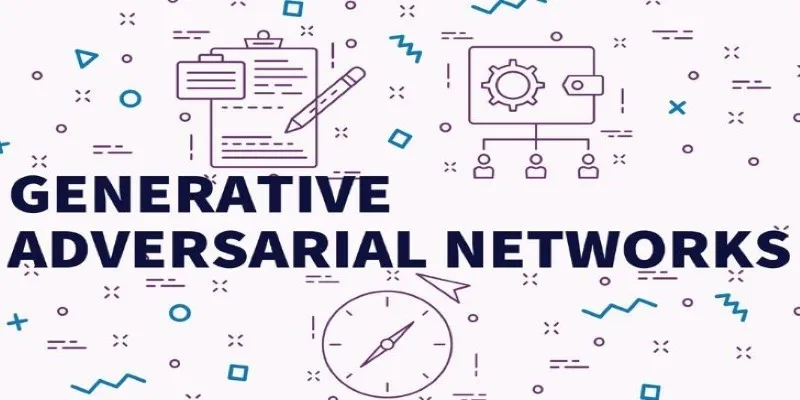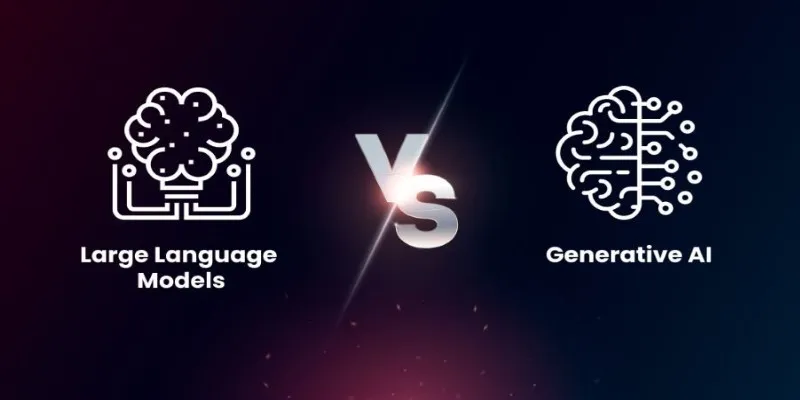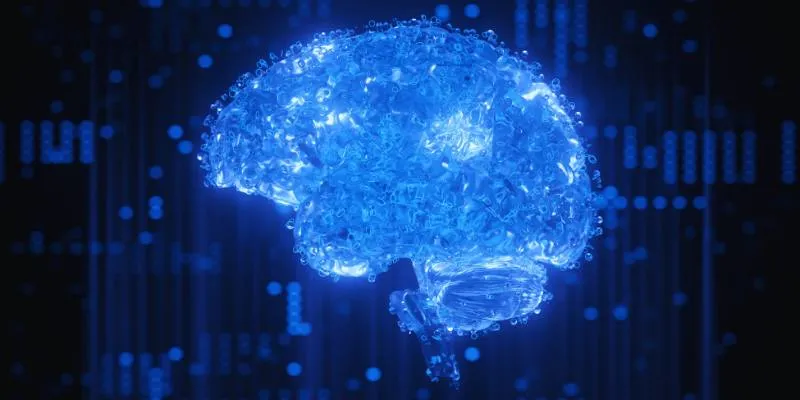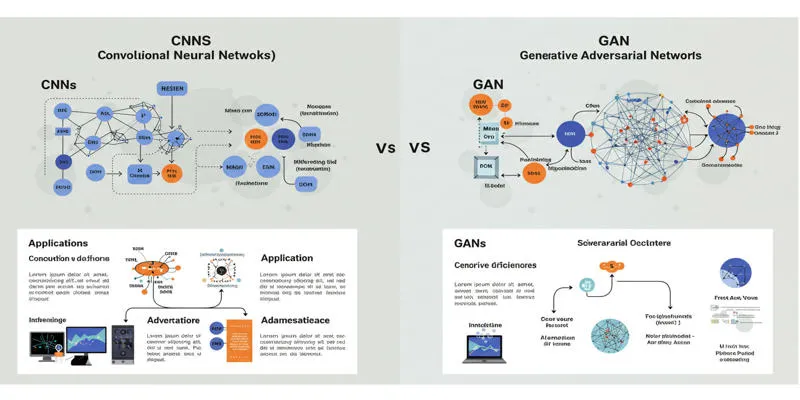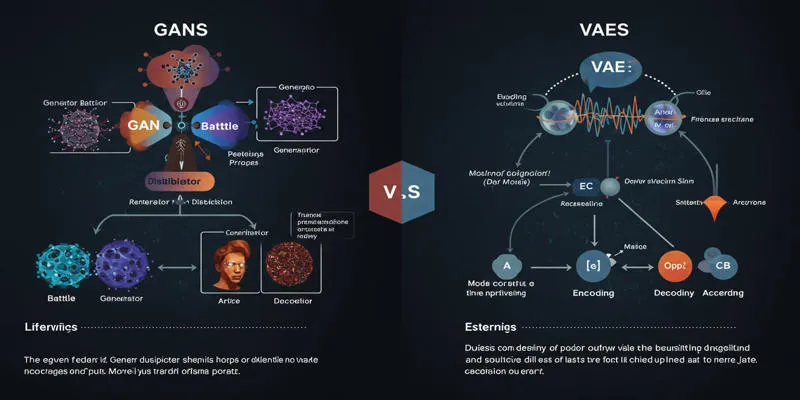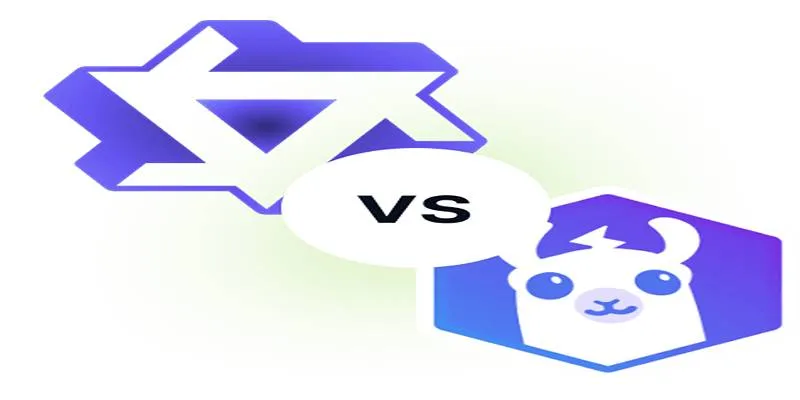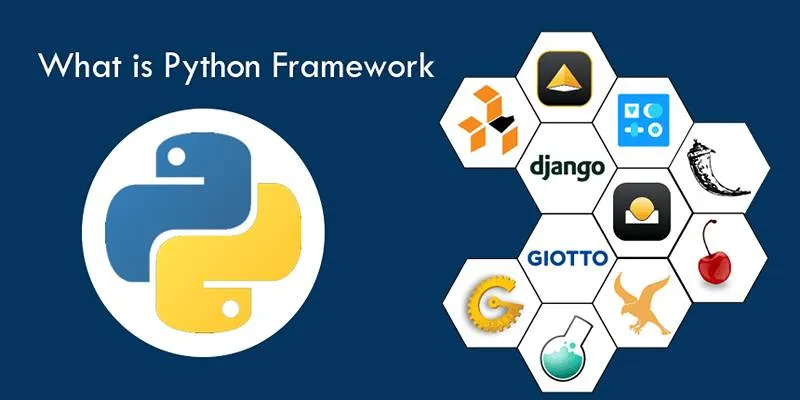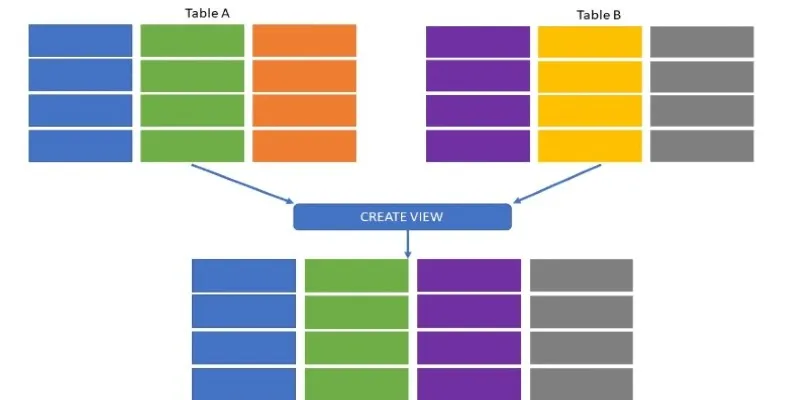Artificial intelligence (AI) has evolved significantly, moving beyond mere creativity to embrace precision and accuracy. This is where Conditional Generative Adversarial Networks (cGANs) come into play. Unlike traditional generative models that produce random outputs, cGANs empower AI to generate highly specific content by incorporating conditions. Want AI to create a cat instead of just any animal? Or convert sketches into photorealistic images? With cGANs, it’s possible.
These networks add structure to AI’s creativity, unlocking new possibilities in fields like medical imaging, design, and more. cGANs are not just generating content; they are reshaping how AI learns, thinks, and interacts with the world.
How Do Conditional Generative Adversarial Networks Work?
A Conditional Generative Adversarial Network operates similarly to a standard GAN but includes conditional labels that influence the generated output. The process starts when the generator takes both a noise vector and a condition, which could be a class label, an image, or even a text description. It then creates a sample based on these inputs.
The discriminator, conditioned on the same label, evaluates whether the generated sample meets the provided condition. If the discriminator successfully identifies artificial data, it prompts the generator to improve. Through this adversarial process, the two networks enhance their capabilities over time, producing realistic, condition-specific results.
For example, if a cGAN is conditioned on human faces with age annotations, the model can generate images of individuals at various ages based on the condition. Similarly, in handwritten digit generation, a cGAN conditioned on digit images can be trained to produce a specific digit on demand. The ability to deliver structured and predictable outcomes makes cGANs highly valuable in AI systems that require organized and consistent content generation.
Key Applications of Conditional Generative Adversarial Networks
Conditional Generative Adversarial Networks have extensive applications across various industries. By enabling AI to generate specific data types, cGANs are essential in areas where precision and accuracy are crucial.
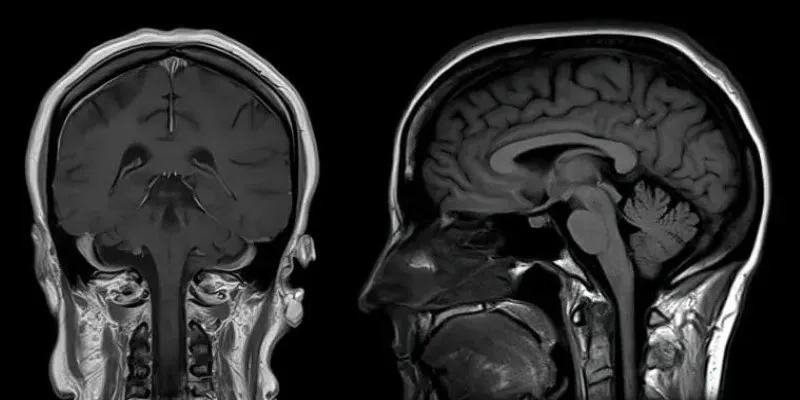
One prominent application is image-to-image translation, which involves transforming one type of image into another based on a given condition. A notable example is converting black-and-white images into color using a cGAN trained on paired datasets. Similarly, cGANs can enhance satellite imagery by generating high-resolution details from low-quality images.
In medical imaging, cGANs are making significant strides. They generate enhanced versions of existing scans when high-quality medical scans are necessary but hard to obtain. For instance, MRI images can be improved by reducing noise and enhancing resolution, aiding doctors in accurate diagnoses. Additionally, cGANs can produce synthetic medical images for training AI models, reducing the reliance on large-scale real-world datasets.
In art and creative design, cGANs enable AI to generate artistic content in specific styles. By training on datasets of famous artworks, a cGAN can create new paintings that mimic established artists. This technique is also used in style transfer, where an image’s appearance is modified to match a certain artistic theme. Artists and designers leverage these AI-generated images to explore new styles and compositions.
Beyond images, cGANs also enhance text and speech generation. Speech synthesis models use conditional inputs to create human-like voices with specific tones and accents. This has applications in virtual assistants, voice cloning, and accessibility tools for individuals with speech impairments. In natural language processing, cGANs can generate context-specific text, improving AI chatbots and automated content creation.
Challenges and Limitations of Conditional Generative Adversarial Networks
Despite their advantages, cGANs face significant challenges, with training stability being a primary concern. The generator and discriminator must remain balanced—if the discriminator is too strong, the generator fails to improve; if the generator dominates, it produces unrealistic outputs. Achieving this balance is complex, and researchers are continuously refining optimization techniques to ensure stable training, enhancing efficiency and reliability in real-world applications where precision is essential.
Data dependency is another challenge. cGANs require large, well-labeled datasets for effective learning. Without high-quality training data, generated outputs may lack accuracy and consistency. This is particularly challenging in fields like medical imaging, where privacy concerns restrict access to large- scale labeled datasets. To address this, AI researchers are exploring techniques like self-supervised learning to minimize reliance on manually labeled data.
Furthermore, computational power is a limiting factor in cGAN development. Training a cGAN requires substantial processing power, often needing specialized hardware like GPUs or TPUs. This poses challenges for smaller organizations lacking access to high-performance computing resources. As AI technology progresses, efforts are being made to optimize models for efficiency, allowing cGANs to run on less powerful devices.
The Future of Conditional Generative Adversarial Networks
The future of Conditional Generative Adversarial Networks (cGANs) is promising as AI research continues to refine their capabilities. A significant breakthrough lies in self-improving models, where cGANs learn efficiently from smaller datasets, reducing reliance on massive labeled data. Integrating reinforcement learning could further enhance their ability to generate context-aware and highly accurate outputs with minimal human supervision.
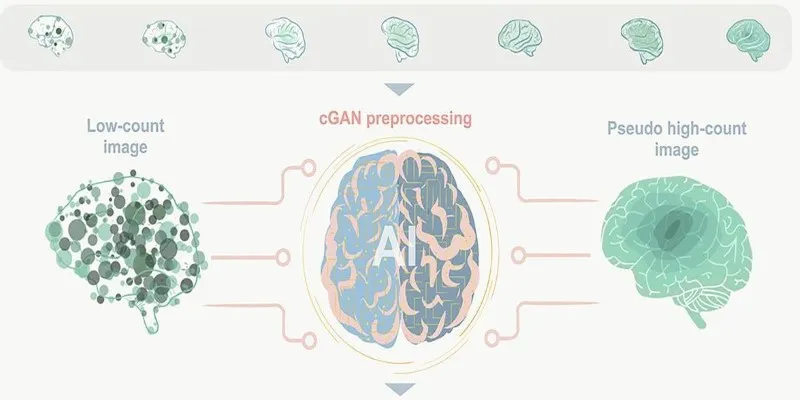
Another exciting direction is real-time AI generation. Advances in computing power may soon enable cGANs to power live video processing, adaptive content creation, and AI-driven storytelling. Imagine a game where AI dynamically generates unique environments in response to player actions—this is becoming increasingly feasible.
Additionally, cGANs are set to revolutionize personalized AI experiences. From custom AI-generated media to intuitive design tools that adapt to user preferences, these models are making AI more interactive. As they become more efficient and accessible, cGANs will redefine our interaction with AI- generated content.
Conclusion
Conditional Generative Adversarial Networks offer a powerful way to generate AI-driven content with precision. By incorporating conditions into the learning process, they enhance applications in medical imaging, art, and speech synthesis. Despite challenges like training instability and data dependency, ongoing research is making them more efficient. As AI technology advances, cGANs will become more accessible and integrated into real-time applications, shaping the future of generative AI. Their ability to create controlled, high-quality data makes them invaluable across multiple industries.
 zfn9
zfn9




